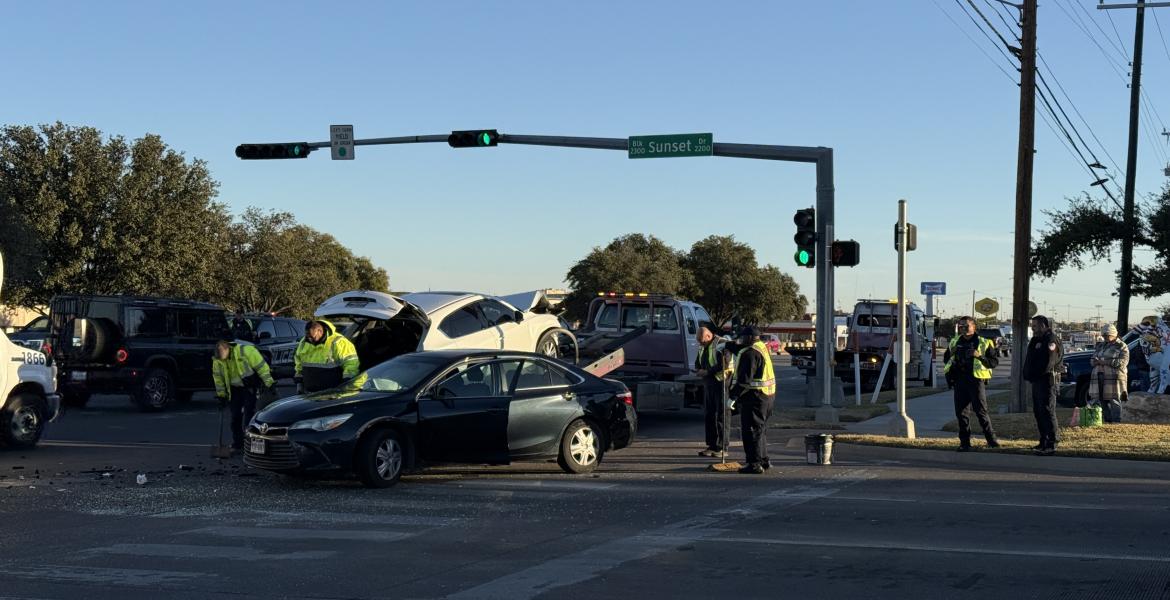Vehicle crashes account for the overwhelming majority of on-the-job deaths for truck drivers nationwide, a recent Vital Signs report by the Centers for Disease Control and Prevention shows.
Overall, 317,000 motor vehicle crashes involving large trucks were reported to police in 2012, costing the US economy an estimated $99 billion that year.
About 2.6 million workers in the US drive trucks that weigh over 10,000 pounds. After dropping to 35-year lows in 2009, the number of crash fatalities of truck drivers or their passengers increased between 2009 and 2012. Approximately 700 drivers of large trucks or their passengers died in crashes in 2012, and an estimated 26,000 were injured. About 65 percent of on-the-job deaths of truck drivers in 2012 were the result of a motor vehicle crash. More than a third of the drivers who died were not wearing a seat belt.
"We know that using a seat belt is the single most effective intervention to prevent injury or death in a motor vehicle crash. However, in 2012 more than 1 in 3 truck drivers who died in crashes were not buckled up, a simple step which could have prevented up to 40 percent of these deaths" said CDC Principal Deputy Director Ileana Arias, Ph.D. “Employers and government agencies at all levels can help improve truck driver safety and increase seat belt use among truck drivers by having strong company safety programs and enforcing state and federal laws."
This Vital Signs report includes data from the National Survey of US Long-Haul Truck Driver Health and Injury, conducted by CDC at 32 truck stops along interstate highways across the United States in 2010. Key findings from the survey include:
- An estimated 14 percent of long-haul truck drivers reported not using a seat belt on every trip.
- Over one-third of long-haul truck drivers had been involved in one or more serious crashes during their driving careers.
- Long-haul truck drivers who reported not wearing seat belts also tended to engage in other unsafe driving behaviors such as speeding and committing moving violations. They were also more likely to work for an employer that did not have a written workplace safety program.
- Long-haul truck drivers who lived in a state with a primary seat belt law – the law that allows police to stop motorists solely for being unbelted – were more likely to report often using a seat belt.
“Using a seat belt is the most effective way to prevent injury or death in the event of a crash,” said Stephanie Pratt, PhD, coordinator of the National Institute for Occupational Safety and Health (NIOSH) Center for Motor Vehicle Safety. “The smartest strategy for overall safety is to prevent truck crashes from happening in the first place. Employers can help prevent crashes and injuries through comprehensive driver safety programs that address other known risk factors such as drowsy and distracted driving.”
What can be done to reduce the risk of motor vehicle crashes, injuries, and deaths among truck drivers?
- States can help increase seat belt use by truck drivers through high-visibility enforcement of seat belt laws by state troopers and motor carrier safety inspectors.
- Employers can establish and enforce company safety policies, including belt-use requirements for truck drivers and passengers as well as bans on text-messaging and use of handheld phones.
- Employers can educate truck drivers about ways to avoid distracted and drowsy driving.
- Engineering and design changes that provide increased comfort and range of motion and allow adjustments for diverse body types might increase use of seat belts by truck drivers.
For more information on motor vehicle safety at work, including trucker safety, please visit the NIOSH Motor Vehicle Safety page. Released in conjunction with this month’s Vital Signs is the NIOSH Long-Haul Truck Drivers page. Both these topic pages offer research results, resources, and useful links for employers and workers.
For general information about motor vehicle safety, please visit CDC’s Injury Prevention & Control: Motor Vehicle Safety.
Vital Signs is a CDC report that appears on the first Tuesday of the month as part of the CDC journal Morbidity and Mortality Weekly Report, or MMWR. The report provides the latest data and information on key health indicators. These are cancer prevention, obesity, tobacco use, motor vehicle passenger safety, prescription drug overdose, HIV/AIDS, alcohol use, health care-associated infections, cardiovascular health, teen pregnancy, and food safety.
Subscribe to the LIVE! Daily
Required






Comments
Listed By: Avi Schecter
With the way these dudes eat on the road. I bet heart attack is a close second. As a truck driver stories like this really crack me up. Though I do have a serious question for other truck drivers who may be reading this. I am looking for info on factoring. I recently started factoring invoices because I never get paid on my loads on time. I signed up with www.corefundcapital.com because they provide discount fuel cards which helps to cover some of the freight factoring costs. Anybody else use a similar service?
- Log in or register to post comments
PermalinkPost a comment to this article here: